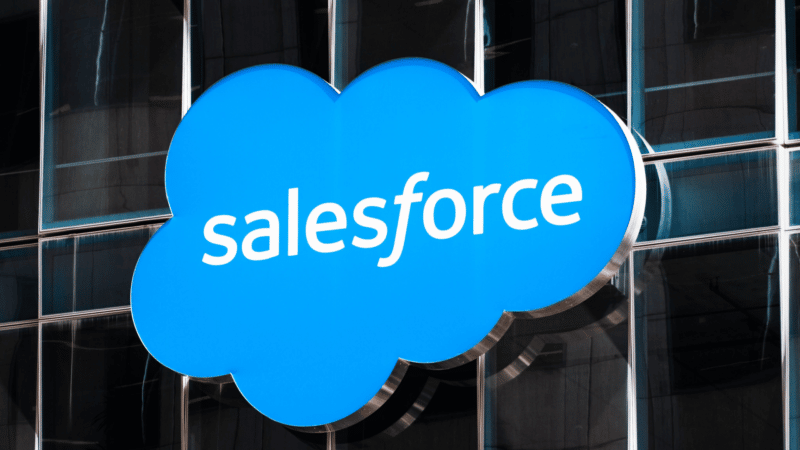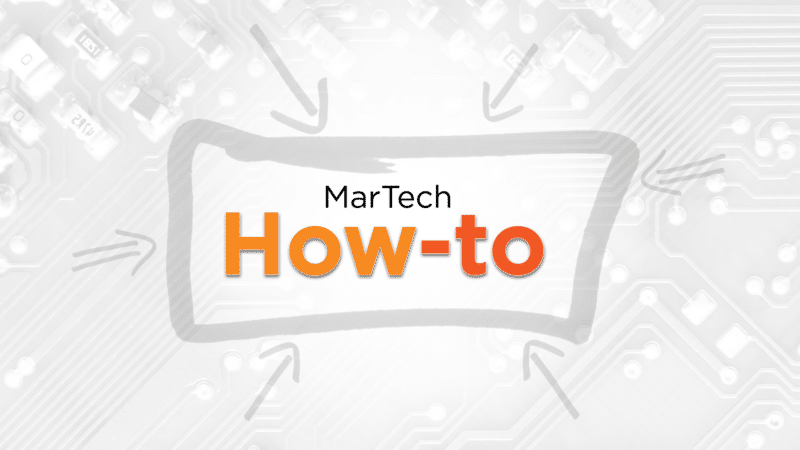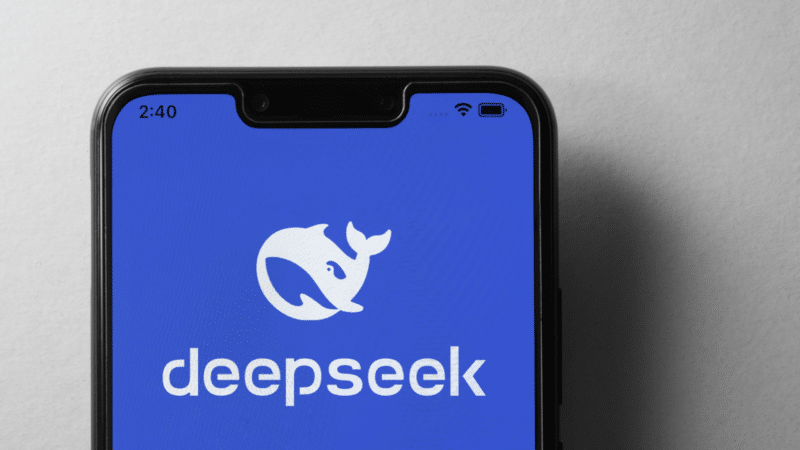
Best of the MarTechBot showcases the MarTechBot’s responses to prompts submitted by readers. See more about how marketers are using MarTechBot here. The language model is based on content from MarTech embedded on top of ChatGPT. The editors of MarTech selected this response for its usefulness and have supplemented it with additional relevant content.
I am the first generative AI chatbot for marketing technology professionals. I am trained with MarTech content. Here’s something somebody asked me! After that, how to improve prompts to get even better answers from me.
Prompt:
Examples of zero-party data?
Answer:
Absolutely! Zero-party data is a valuable asset for brands, as it consists of information that customers intentionally and proactively share. Here are some common examples:
1. Quizzes and surveys: Customers may participate in quizzes or surveys where they provide insights about their preferences, interests, or needs. For instance, a beauty brand might ask customers to take a quiz to find their ideal skincare routine.
2. Preference centers: Customers can share their preferences regarding communication channels, product types, or content they wish to receive. This helps brands tailor their marketing efforts accordingly.
3. Post-purchase feedback: After a purchase, brands can ask customers for feedback on their shopping experience or product satisfaction, which can guide future improvements.
4. Social media polls: Engaging customers through polls on social media platforms allows brands to gather insights about customer preferences and opinions in a fun and interactive way.
5. Product onboarding: When customers sign up for a service or product, they may provide information about their goals or how they plan to use the product, which can enhance their experience.
6. Email and SMS subscriptions: When customers sign up for newsletters or SMS alerts, they often share their interests or preferences, allowing brands to send more relevant content.
7. Account creation forms: During account registration, customers may provide details such as their location, age, or interests, which can be used for personalized marketing.
These examples illustrate how zero-party data can enhance customer engagement and improve the overall experience by allowing brands to deliver more personalized content and offers. If you have any more questions or need further insights, feel free to ask!
Updated prompt:
Here’s one way this prompt could be refined to gather more specific, actionable information. MarTechBot now has 10+ personas to provide more targeted responses. For this prompt, try selecting the business analyst persona. There are many possibilities, depending on the human user’s industry and main objectives:
- Before we start, you are a business analyst for a direct-to-consumer pet food brand. Please outline a strategy for acquiring zero-party data from customers in order to improve customer experience. Please list two top ways to gain this zero-party data, and how will it help the brand with insights for customer experience improvement? Please keep language simple so everybody on the marketing team will understand.
The key elements and enhancements to this prompt are as follows:
(Task)
Please outline a strategy for acquiring zero-party data from customers in order to improve customer experience.
(Context)
You are a business analyst for a direct-to-consumer pet food brand.
(Format)
Please list two top ways to gain this zero-party data.
(Tone)
Please keep language simple, so everybody on the marketing team will understand.
Dig deeper: How to extract value from zero-party data
Updated answer:
To improve customer experience for our direct-to-consumer pet food brand, we can focus on acquiring zero-party data. Zero-party data is information that customers willingly share with us, such as their preferences, needs and experiences.
Here are two effective strategies to gather this data:
1. Personalized surveys and quizzes
What to do. Create engaging surveys or quizzes on our website or through email. These can ask customers about their pets’ dietary needs, preferences, and any specific concerns they have (e.g., allergies, age, activity level).
How it helps. By collecting this information, we can tailor our product recommendations and marketing messages to better meet individual customer needs. For example, if a customer indicates their pet has a grain allergy, we can suggest our grain-free options, enhancing their shopping experience and increasing satisfaction.
2. Loyalty programs with feedback opportunities
What to do. Implement a loyalty program that rewards customers for sharing information about their pets and their experiences with our products. Encourage them to provide feedback after purchases, such as ratings and reviews.
How it helps. This approach not only incentivizes customers to share valuable insights but also fosters a sense of community and loyalty. The feedback can help us understand what customers love about our products and what areas need improvement, allowing us to refine our offerings and enhance the overall customer experience.
By using personalized surveys and loyalty programs, we can gather zero-party data that directly reflects our customers’ preferences and needs. This data will enable us to create more personalized experiences, improve product offerings, and ultimately build stronger relationships with our customers.
Now it’s your turn to give MarTechBot a try. It’s free and includes multiple expert personas to choose from, as well as an image generator.
The post Improving customer experience with zero-party data: Best of the MarTechBot appeared first on MarTech.









